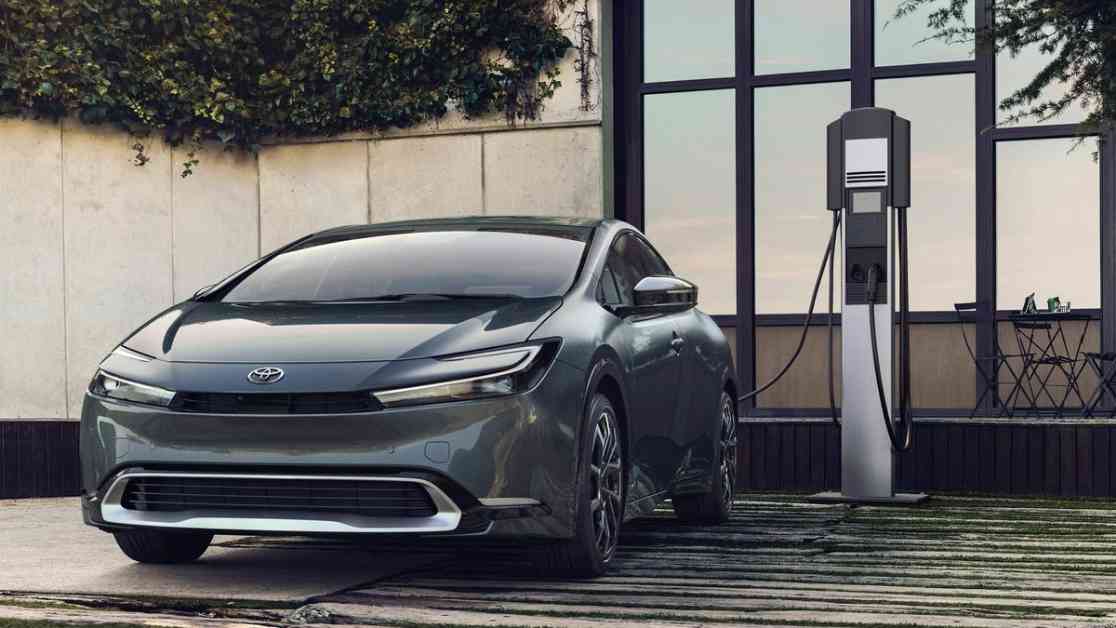Plug-in hybrid vehicles (PHEVs) are designed to offer the benefits of both electric and gas-powered vehicles. They can operate on electric power for daily driving and switch to gas power for longer trips. However, in order to maximize the benefits of a PHEV, owners need to charge them regularly.
For example, the Toyota RAV4 Prime has an electric-only range of 42 miles and can drive up to 600 miles on a single tank of gas. Once the electric charge runs out, the vehicle gets 38 mpg. This highlights the importance of keeping PHEVs charged in order to achieve optimal fuel efficiency.
PHEVs are more complex, heavier, and more expensive than traditional hybrids. This complexity makes them more challenging to manufacture and more costly for consumers. For instance, a Toyota Prius Prime costs about $5,000 more than a regular Prius. While the Prius Prime offers better fuel efficiency when fully charged, it becomes less efficient than the regular Prius when running on gas alone.
Automakers collect data on PHEV charging behavior, but many are hesitant to share this information. When contacted by InsideEVs, several automakers declined to provide details on how frequently PHEV owners charge their vehicles. This lack of transparency raises questions about the charging habits of PHEV owners and the overall effectiveness of these vehicles.
Jeep, for example, claimed that 90% of its 4xe owners charge their vehicles five times a week on average. However, there are doubts about the accuracy of this claim, as it is unclear whether the data was collected from all 4xe drivers or only a subset who participated in a survey. Despite requests for more information, Jeep refused to disclose additional details, citing proprietary information.
The reluctance of automakers to share data on PHEV charging behavior raises concerns about the true benefits of these vehicles. If PHEVs are intended to serve as a transitional option for consumers hesitant to switch to fully electric vehicles, it is crucial to understand how frequently owners charge their vehicles and the impact on fuel savings.
In conclusion, the issue of PHEV charging frequency is complex and multifaceted. While automakers possess valuable data on this topic, their unwillingness to share it limits our understanding of the effectiveness of PHEVs. For a more in-depth exploration of this issue, readers are encouraged to visit InsideEVs for a comprehensive analysis.










